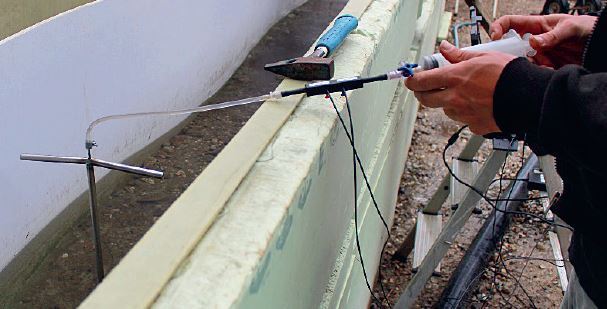Publications in German Language
Ein begehrter Treibstoff: Gelöster Sauerstoff in Gewässern. Korrespondenz Wasserwirtschaft, 15, S.416-421 (2022)

The paper takes up results of the Piatka et al. (2021) study on dissolved oxygen and elaborates on the application of oxygen turnover with stable isotopes, groundwater influences on oxygen dynamics in headwater streams, the role of iron oxides, and effects of climate stressors in stream channel experiments on oxygen supply and fish reproduction. It is recommended that increased attention be paid to dissolved oxygen in stream monitoring under climate change.

Where does drinking water in Bavaria come from, and what are the hydrological requirements for it? How is the supply situation developing now and in the future - and what adaptation processes to climate change are needed in water supply? The article gives an overview based on current data of the State Office for the Environment (Landesamt für Umwelt, LfU), focussing on northern Bavaria, where the greatest challenges are expected.

In addition to current facts and figures on climate change and protection, impacts and adaptation in Bavaria, the Climate Report Bavaria 2021 contains short excurses on research. Here, David Piatka and Johannes Barth (FAU Erlangen) report on the decrease in oxygen content in water bodies and possible consequences.
Iron clogging is also observed in the headwaters in northern Bavaria, where the same methodology is used in AquaKlif.
For publications in English language see Scientific Publications in AquaKlif.





